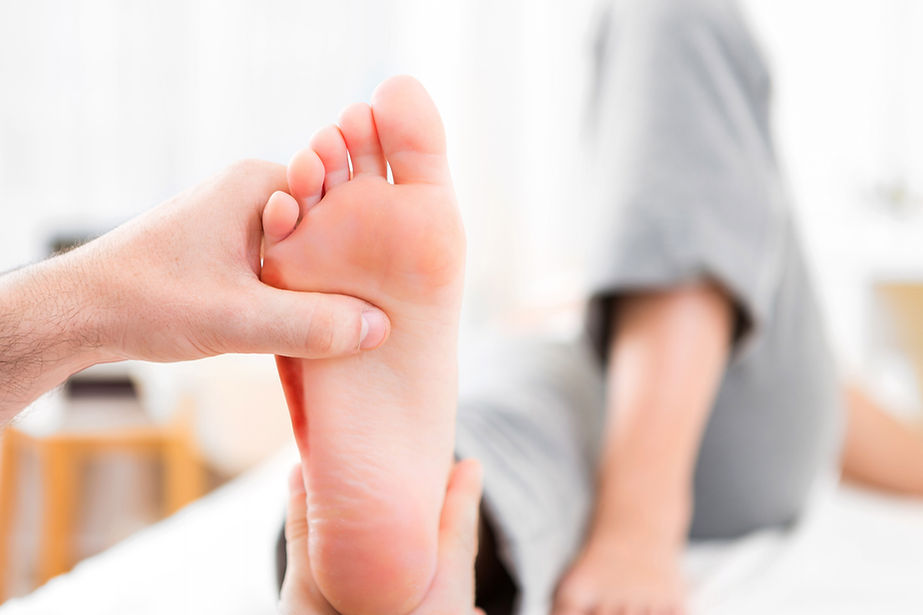
Fractures
Fractures
Nearly one-fourth of all the bones in your body are in your feet. A broken (fractured) bone in your forefoot or in one of your toes is often painful but rarely disabling. Most of the time, these injuries heal without operative treatment. Types of fractures include stress fractures and general bone fractures. Stress fractures frequently occur in the bones of the forefoot extending from your toes to the middle of your foot. Stress fractures are like tiny cracks in the bone surface. They can occur with sudden increases in training (such as running or walking for longer distances or times), improper training techniques or changes in training surfaces.
Causes of Stress Fractures
The most common cause of stress fractures is impact from a sudden increase in physical activity. This can be in the frequency of activity—such as exercising more days per week, but also the duration or intensity of activity (i.e. such as running longer distances).
Even for nonathletes, increased activity can cause a stress fracture or walking on uneven surfaces. A new style of shoes can decrease your foot's ability to absorb repetitive forces and result in a stress fractures as well.
Other factors include:
Poor Conditioning
Doing too much too soon is a common cause of stress fracture. This is often the case with individuals who are just beginning an exercise program, but can also occur in experienced athletes as well. For example, runners who train less over the winter months may be anxious to pick up right where they left off at the end of the previous season. Instead of starting off slowly, they resume running at their previous mileage. This situation in which athletes not only increase activity levels, but push through any discomfort and do not give their bodies the opportunity to recover, can lead to stress fractures.
Change in Surface
A change in training or playing surface, such as a tennis player going from a grass court to a hard court, or a runner moving from a treadmill to an outdoor track, can increase the risk for stress fracture.
Improper Equipment
Wearing worn or flimsy shoes that have lost their shock-absorbing ability may contribute to stress fractures.
Bone Insufficiency
Conditions that decrease bone strength and density, such as osteoporosis, and certain long-term medications can make you more likely to experience a stress fracture-even when you are performing normal everyday activities. For example, stress fractures are more common in the winter months, when Vitamin D is lower in the body.
Studies show that female athletes have a higher propensity for stress fractures than male athletes which may in part be to decreased bone density from a condition that doctors call the "female athlete triad." When a girl or young woman goes to extremes in dieting or exercise, three interrelated illnesses may develop: eating disorders, menstrual dysfunction, and premature osteoporosis. As a female athlete's bone mass decreases, her chances for getting a stress fracture increase.
Improper Technique
Anything that alters the mechanics of how your foot absorbs impact as it strikes the ground may increase your risk for a stress fracture. For example, if you have a blister, bunion, or tendonitis, it can affect how you put weight on your foot when you walk or run, and may require an area of bone to handle more weight and pressure than usual.
.png)
.png)






